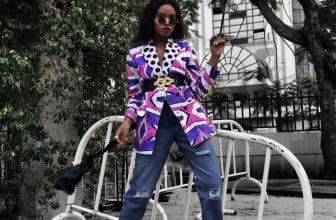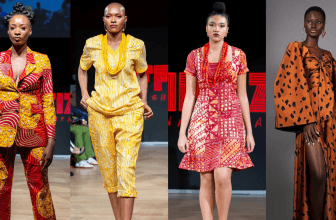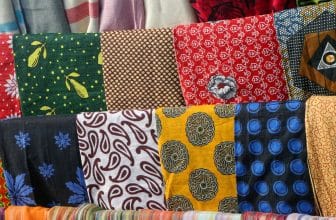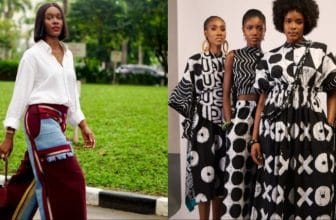The Art of Mixing Patterns and Textures in Fabric Design
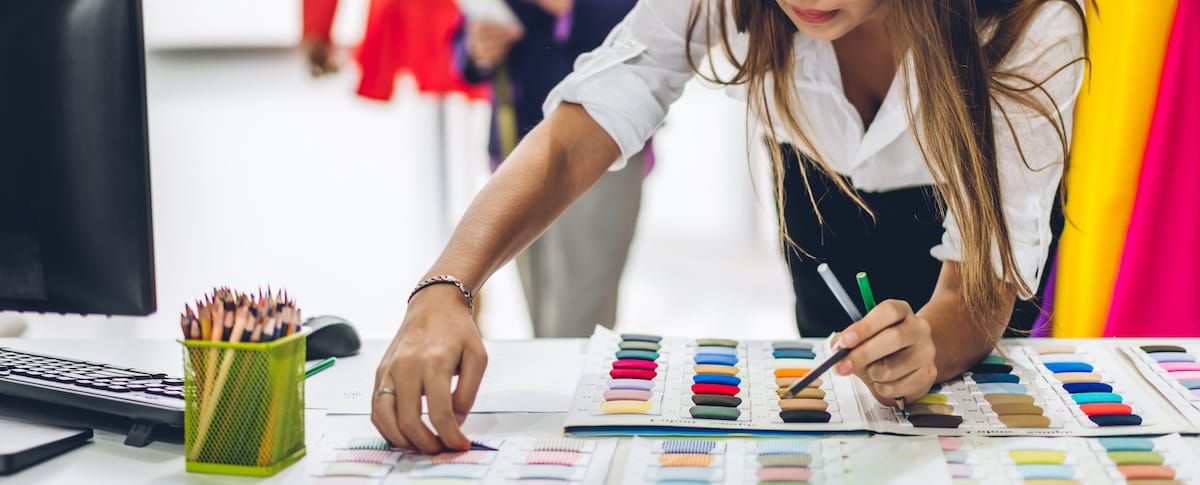
Introduction
There’s a fine line between chaos and creativity — and nowhere is that more true than in fabric design. Mixing patterns and textures can elevate a space or a garment from “nice” to “unforgettable.” But the secret isn’t luck — it’s balance.
Whether you’re designing clothes, curating home décor, or sourcing fabrics for clients, understanding how to combine prints, textures, and colors is a game-changer. Here’s how to master the art.
1. Start with a Dominant Pattern
Every good composition needs a leader. Choose one strong print to anchor your design — it could be a bold floral, geometric, or stripe. Once you have your hero pattern, everything else should support it, not compete.
For instance, if you’re using a large floral print, balance it with smaller or more neutral patterns. Think of it as building a visual hierarchy.
2. Keep Color in Harmony
Color ties everything together. When mixing patterns, stick to a consistent color palette — ideally two to three core shades. This keeps the overall look cohesive even when you’re using wildly different designs.
Neutral backgrounds (like beige, white, or grey) can help loud patterns breathe.
3. Mix Textures for Depth and Dimension
Texture adds touchable beauty. Pair smooth with rough, matte with glossy, or light with heavy fabrics.
For example, combining linen with velvet or silk with tweed creates visual contrast that feels luxurious. Texture mixing adds richness, especially in home interiors and couture garments.
4. Vary the Scale of Your Patterns
Play with proportion. Use one large-scale pattern, one medium, and one small. This prevents the design from looking too busy or repetitive.
In fashion, this can mean pairing a bold plaid jacket with a fine pinstripe shirt. In interiors, it might be a large patterned sofa with smaller print cushions.
5. Let One Element Breathe
If everything is patterned or textured, your eye gets tired. Add solid-colored fabrics or plain materials to create resting points. Negative space is part of good design — it lets your statement pieces shine.
6. Trust Your Eye — and Edit
At the end of the day, design is personal. Step back, squint your eyes, and ask yourself if it feels right. If one fabric dominates or throws the balance off, remove it. The best fabric combinations are the ones that look effortless.
Closing Thoughts
Mixing patterns and textures isn’t about following rules — it’s about understanding rhythm and contrast. The more you experiment, the more confident you’ll become.
Next time you’re in your fabric studio or planning a collection, take risks. Play with combinations you wouldn’t normally try. Sometimes, the most unexpected pairings create the most timeless designs.



